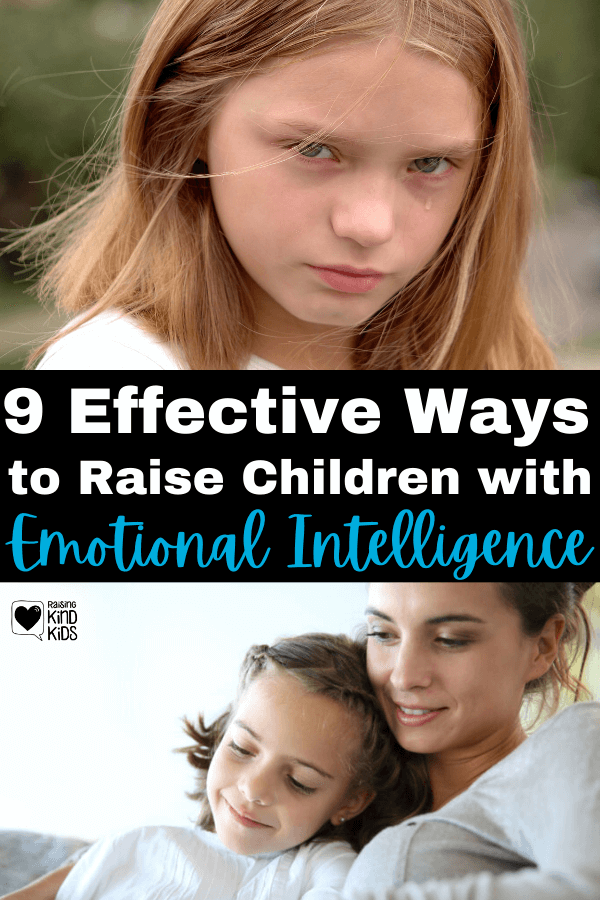Inside: If we want to build emotional intelligence in children who know how to have big emotions in healthy ways, we can use these books about emotions.
The other day, my daughter bounded to the car, hugged me, and hopped in.
But then I asked her about her school day the way I often do: Tell me three things about your day.
She recounted what happened right before the bell rang and before she could finish, a tiny tear slipped down her cheek.
She retold the story in such a composed way I couldn’t see the big emotions just underlying her words until she got to the punchline: her teacher called her out in front of the whole class and my daughter lost her first opportunity to earn classroom dollars.
I told her she has every right to feel sad about that because I knew she really wanted the classroom money. And I told her it did sound frustrating she didn’t know about the rule she broke. I told her it was totally okay to be sad and mad and frustrated and it’s okay to cry about it.
When we got home, we hugged again, she recounted the story to her dad with fewer tears.
As an adult, losing out on fake money she can use to spend on a fidget is not a big deal. But to her, it was everything.
So instead of dismissing it, or brushing it off, or getting mad at her for not following the rules, I let her have emotions.
I let her cry. I let her be sad and frustrated and mad. I let her proclaim how unfair it was that this was her first chance to earn the money when some of her classmates had already earned it twice.
Tomorrow we can talk about classroom rules to ensure she follows them. Tomorrow we can talk to the teacher about rewards and punishment and calling her out in front of everyone.
But at that moment, we created a safe space where our daughter could be sad and could cry about fake classroom money because we spend a lot of time talking about and reading books about emotions to build up her emotional intelligence.

Reframing How We Talk About Emotions
When our kids have big emotions, as parents we often deal with it by reverting back to what we were taught as kids about dealing with our emotions.
Maybe you were told one of these mistruths:
You’re okay.
Don’t cry. Stop crying. Everyone’s looking at you.
Stop crying or I’ll give you something to cry about.
Boys don’t cry.
You have everything…why aren’t you happier?
You have nothing to be sad about. You’re so lucky.
But these are mistruths about emotions.
When we’re hurt or sad or frustrated or scared, we are not okay.
Related: What to Say to a Child Instead of “You’re Okay”
It’s okay to cry and even if someone is looking, that’s okay too.
Boys definitely do cry because everyone has emotions.
You can have everything and be sad at the same time.
Sometimes our emotions aren’t ‘rational’ or make sense to others, but that doesn’t mean they’re not real or valid.
So we need to reframe how we talk about emotions with our kids if we want to raise emotionally intelligent kids.

Simple Things Parents Can Do to Encourage Emotional Intelligence
1. We need to allow kids to have their emotions without shame from us.
You can be sad. I would be angry too. It’s okay to be frustrated.
2. We need to label emotions and feelings.
How are you feeling right now? Are you mad or are you scared? You are sad.
3. We need to normalize crying…for boys and girls.
What can I do to take some of the hurt away? It’s okay to cry, just let it out. Can I give you a hug? Can I be with you or do you want some alone time to cry? We all cry, even mommies and daddies. Is your body hurt or are you sad?
4. We need to talk about mental health as part of our overall health.
Just like we go to the doctor and the dentist, we can talk to a therapist or counselor to help us manage our big emotions when they feel too hard for us to deal with on our own.
Related: The Mental Health Conversations Every Parent Needs to Have Now
5. And we can read books about emotions to help us continue to talk about emotions in healthy ways because when kids can “see themselves” or situations they’ve experienced in books, it makes it more concrete, relatable, and understandable.
Related: The Difference Between Emotions and Feelings
Emotions Books To Help Build Emotional Intelligence
Read these emotions and feelings books with your kids:
The Boy with Big, Big Feelings
It’s Okay to Not be Okay: Adults Get Big Feelings Too
When I Feel Left Out: A Children’s Book About Feelings and Emotions
My Mixed Emotions: Help Your Kids Handle Their Feelings
Say Hello and Let It Go: I am Not My Emotions
Workbooks and Journals to Build Emotional Intelligence
My Emotions: A Book of Big Feelings Journal for Kids
Emotions are not something to be scared of. They’re not something to avoid.
If we want children who can handle their emotions in healthy ways, we can give them the tools and books they need to label, acknowledge and deal with their emotions with fewer blowups and fewer moments of feeling out of control.


























Leave a Reply